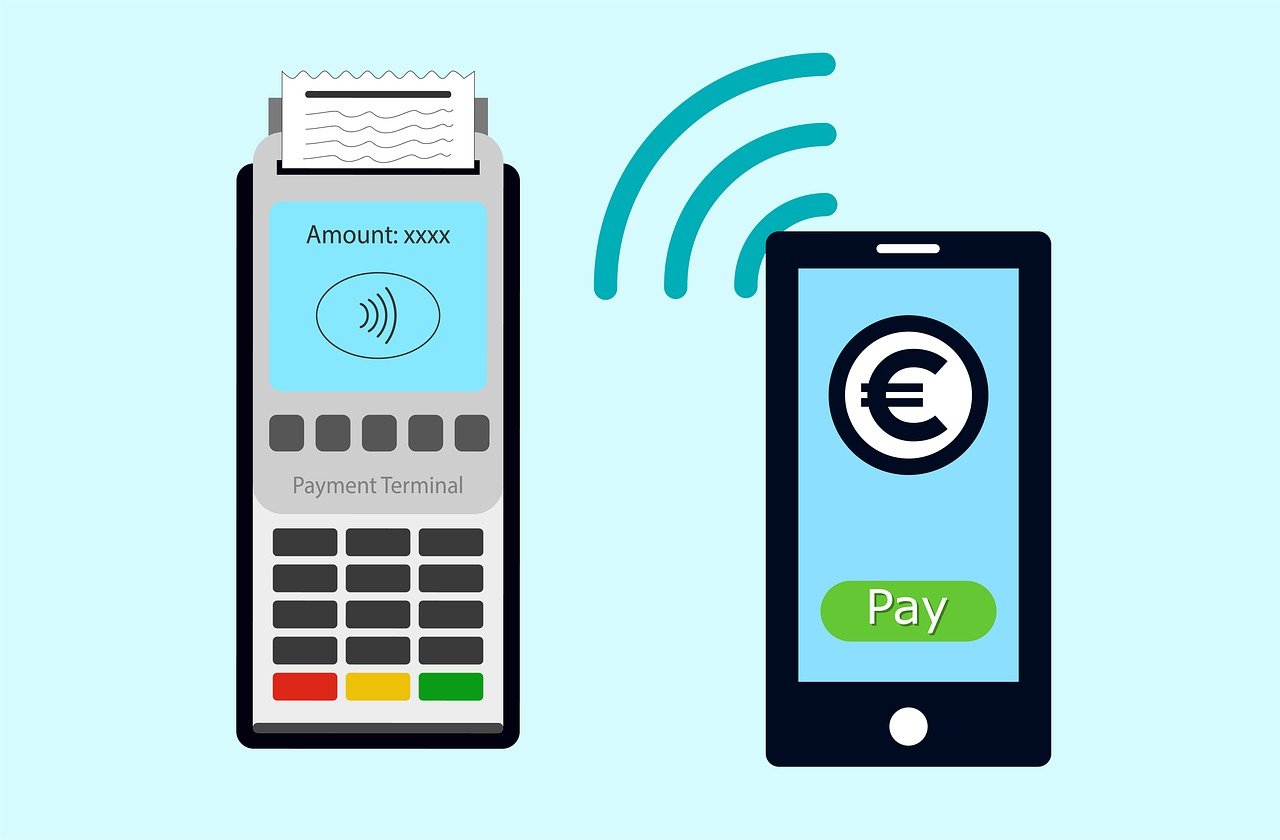The speed of adoption of new payment technology has shifted from an evolution to a full revolution in the last 12 months.
It doesn’t seem that long ago that the big discussion was the slow demise of cash, as chip & PIN and then contactless cards became the new dominant means of paying for goods.
But already we’re seeing the early signs that contactless debit and credit cards are under threat, with the emergence of new payment technology in the form of digital wallets.
Can it really be the case that less than a year after the use of contactless cards exploded as a reaction to the Covid-19 pandemic, that we’re already watching a new payment player take over?
Let’s take a look.
The rise of digital wallets
A digital wallet is an electronic device which allows users to store all their payment information in a single secure place – usually their smartphone.
Along with details of payment methods like Apple Pay on iPhones and Google Pay on Android devices, digital wallets let users sync their bank details, so they can pay for goods without needing a bank card.
And their use is skyrocketing.
By 2025 it’s predicted that worldwide spend through digital wallets will exceed £10trillion, nearly double their current £5.5trillion contribution to the economy.
That’s according to a study by Juniper Research.
Other research shows how digital wallets have already become the favourite means of paying in some circumstances.
One report revealed that digital wallets have overtaken debit cards as the most popular means of paying for goods online.
According to the report, digital wallets made up 32% of all online payments in 2020, compared to 29% for debit cards.
By 2024, at the current rate, digital wallets will make up 40% of all online payments.
Consumer confidence driving rise in payment technology
One of the biggest reasons for the accelerated rise in popularity of digital wallets has been their use during the Covid-19 pandemic in 2020 and the first half of this year.
Overnight, consumers who had never considered using an alternative to their current payment method, be it cash or contactless, were forced to adapt to new rules and guidance from governments and health authorities.
As people were urged to ‘go contactless’ to help avoid the spread of Covid, they got used to using new payment technology, and it’s now become second nature for many to reach for the smartphone and digital wallet.
Last year, one in 10 consumers said they had used a digital wallet to make a payment for the first time.
When consumers started using digital wallets in store, two things happened.
They realised how convenient it was to pay for goods using a device they often carried around anyway.
And they lost many of the fears they held previously around the security and privacy of digital payments.
Today consumers are more confident about using digital payments and many of the concerns they had before simply don’t exist.
The thought of tapping their phone against a card machine is as normal as handing over a £20 note used to be.
To highlight the point further, a 2021 study by Experian found that 60% of consumers are now using a digital wallet to pay for items at least some of the time.
What does this mean for contactless cards?
Well, according to one study, mobile wallets have overtaken debit cards as the most popular payment method three years earlier than predicted. At the current rate, debit cards could go the way of cash in the next 5 to 10 years.
What does this mean for merchants?
While fast paced changes to payment technology are exciting, they do present a real and present challenge to businesses.
Namely, how do they adapt their payment strategies to incorporate digital wallets, and even start offering online payments and services.
Luckily, when it comes to accepting digital wallet payments in store, they already have the technology they need to accept payments, provided they have a contactless card machine.
Essentially, payment systems like Apple Pay work using the same signals used by contactless cards.
These signals pass between a consumer’s smartphone and the contactless card machine to start the payment, and it is processed exactly the same way as a contactless card would be.
And it really is now becoming essential that businesses, no matter what size they are, start to look seriously at whether they’re accepting the kind of payments their customers expect to use.
It used to be that having a contactless card machine put you ahead of the competition on your customer service and ease of payment.
Today, it’s become the price of entry and customers expect to be able to pay using a vast array of devices, accounts and cards.
Adapting to a changing payment landscape
Not surprisingly, it is the younger generations who are driving the revolution in payment technology.
More than 40% of 18-26 year olds in the UK have registered their details with a mobile payment system.
And 38% of 27-37 year olds have followed.
But with more than one in 10 38-52 year olds also registered for digital wallets, it’s not just a young person’s preference.
Having said that, looking to the future of payments, it is clear that younger shoppers are more confident with digital payments, and they’re also more demanding that shops and other businesses meet those expectations.
Shifting payment strategies towards contactless and digital wallets isn’t just about keeping up with a current trend, it’s about safeguarding for the future.



 Bitcoin
Bitcoin  Ethereum
Ethereum  Tether
Tether  XRP
XRP  Solana
Solana  USDC
USDC  Cardano
Cardano  TRON
TRON  Lido Staked Ether
Lido Staked Ether  Avalanche
Avalanche  Toncoin
Toncoin